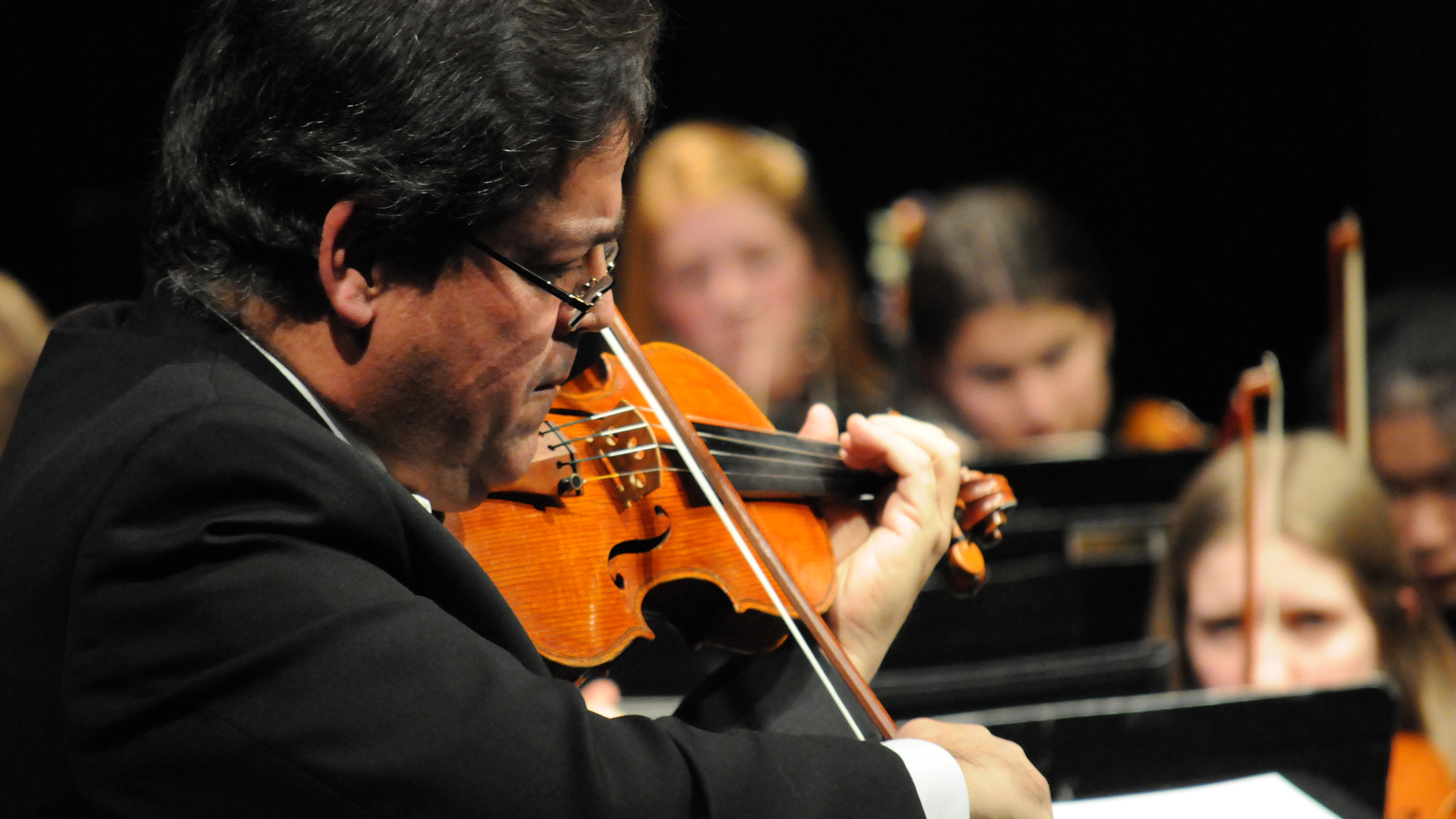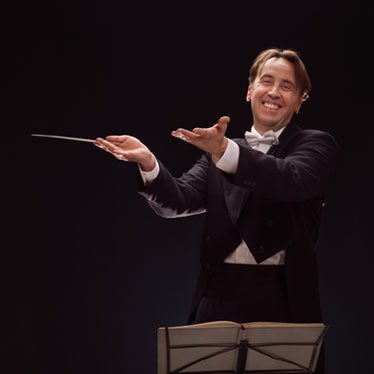

Get balanced, feet solidly balanced on the ground and identify your focus point (i.e.

Nideffer in the mid-1970s and also championed by performance coach Dr.
#Focus on musicality or technique during performancs professional#
Students can use this time to process the information from different technique classes at their own pace, and to develop a personal practice which would be helpful for them in the professional context. A martial art visualisation technique made popular by sport psychologist Dr. It’s an optional choice as part of the morning program, usually as an option against the ballet class that takes place at the same time. The classes focus on developing a correct basic position, endurance and speed, coordination, musicality, differentiation of movement qualities, transitions between diverse movements, and the use of weight. The stress on functionality, mechanics and organic movement also make a strong connection to the release approach in the contemporary classes. This open approach, focused on the functionality of movement, makes ballet appropriate for a wider range of body types.

The classes focus on the form and functionality of classical ballet, and disregard its stylistic and hierarchical aspects. The classical technique presents a clear and functional architecture for the body. Many classes in the 3rd year become 3-hours classes where a wider range of approaches is included. Teaching technique is a way to help students find and refine their own approach to ‘technique’, which they will have to continue doing during their professional career – and usually all by themselves. The teachers develop explicit links between technique and creativity, between physical exploration and thinking: improvisation, movement scores, composition, performativity, bodywork. In the 3rd year, the contemporary dance classes are more linked to the idea of personal, artistic and dance technical research. Mastering this style of dance can help with coordination, rhythm, musicality and agility. This is not only most obviously evident in musical performance but also in perceptual capacities such as the ability to perceive individual notes within a chord (Marco, McLachlan, & Wilson, 2010). If you choose something you like the sound of and are interested in, this. Learning tap dancing is ideal for those hoping for a career in musical theatre or adults who have always wanted to give it a try. Some teachers also bring approaches that come from very different sources, both Western and non-Western.Ī specific subset of classes is called ‘Studio Practice & Documentation’ or ‘individual practice’ and focuses on giving the students tools for analysing, devising and sustaining their own artistic practice as dancers and performers. When you decide to learn music, choose an instrument and music that you already like. Many technique classes focus on ‘release based technique’, which does not represent a formal ‘school’ but rather a set of very individual practices which have a number of premises in common: an analytical approach to the body, working on the conscience of individual movement patterns, and shifting patterns which do not serve the efficient use of the body.īecause release technique is not bound to a coded or copyrighted technique, or to a specific set of aesthetics, the individual experience and direction of the teacher becomes very important, resulting in the strong diversity inside the program. During the technique classes, a basis is developed for open experiment, releasing patterns and trusting the unknown. The student learns to know their body and its way of functioning, and to use it in a respectful, efficient and personal way. Specific classes are focusing on floorwork, improvisation, partnering and contact improvisation. You will also apply your research findings to various composition, arrangement and improvisation tasks whist preparing your program of works for performance.In the daily contemporary classes, the student builds up knowledge of movement principles, learns to integrate them into dynamic combinations and to apply them in set phrases or repertory fragments. Your investigation will involve research into background contextual issues relevant to performance practice, the critical listening to recordings of performances and the analysis of musical scores. While there is a degree of tongue-in-cheek in step three, it is an essential point: trust is vital for peak performance. Step three Keep repeating steps one and two.

Step two Trust your talent in competition. You are to select one (1) work from a VCAA Prescribed List (Group or Solo) as the starting point of your investigation. Follow the train ittrust it process (Rotella & Cullen, 2004): Step one Train your talent in practice.


 0 kommentar(er)
0 kommentar(er)
